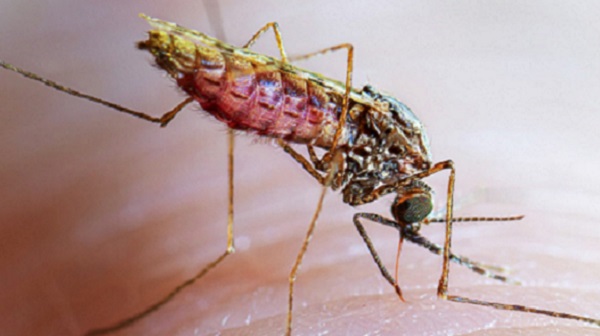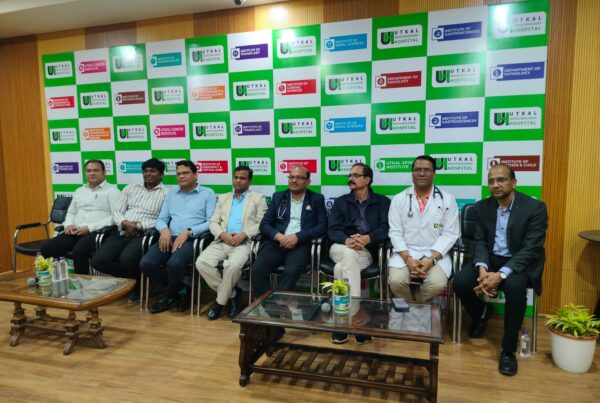Odisha, once a success story in India’s fight against malaria, is witnessing a worrying resurgence of the disease. Once known for its targeted efforts in bringing down malaria rates through community health programs and robust surveillance, the state is now grappling with an increase in new cases, particularly in tribal and forested regions.
Several factors contribute to the growing incidence of malaria in Odisha. Environmental changes, including erratic rainfall patterns and higher humidity levels, have created favorable conditions for mosquito breeding. The dense forest areas in southern and western Odisha, including districts like Malkangiri, Koraput, and Rayagada, continue to be hotspots due to their inaccessibility and limited healthcare infrastructure. In these regions, traditional dwellings, poor sanitation, and lack of mosquito protection make communities particularly vulnerable.
Another challenge is the emergence of drug-resistant strains of the Plasmodium parasite, which causes malaria. In some areas, the standard antimalarial drugs are becoming less effective, complicating treatment efforts. Coupled with this, the COVID-19 pandemic disrupted routine healthcare services, including malaria control programs like distribution of insecticide-treated bed nets, indoor residual spraying, and active surveillance. As a result, many cases may have gone unreported or untreated in the last few years, allowing the disease to regain ground.
Migration also plays a role. Seasonal labor migration from high-incidence regions to other parts of the state and country, and vice versa, can lead to the spread of malaria from endemic zones to areas previously under control. The movement of people not only increases exposure but also challenges the continuity of care and monitoring.
Public health officials are now sounding the alarm, calling for renewed focus on malaria elimination goals. The state has already adopted the national framework for malaria elimination, but experts stress that more needs to be done at the grassroots level. Strengthening healthcare systems, investing in local awareness campaigns, and ensuring uninterrupted supply of diagnostic and treatment resources are key steps. Equally important is the engagement of local communities in prevention measures and timely reporting of symptoms.
Malaria is a preventable and treatable disease, yet its reemergence in Odisha underscores the fragility of public health achievements when vigilance is compromised. As climate conditions shift and health systems face multiple pressures, Odisha’s experience is a reminder that sustained, adaptive strategies are essential to keep malaria at bay and protect vulnerable populations.




